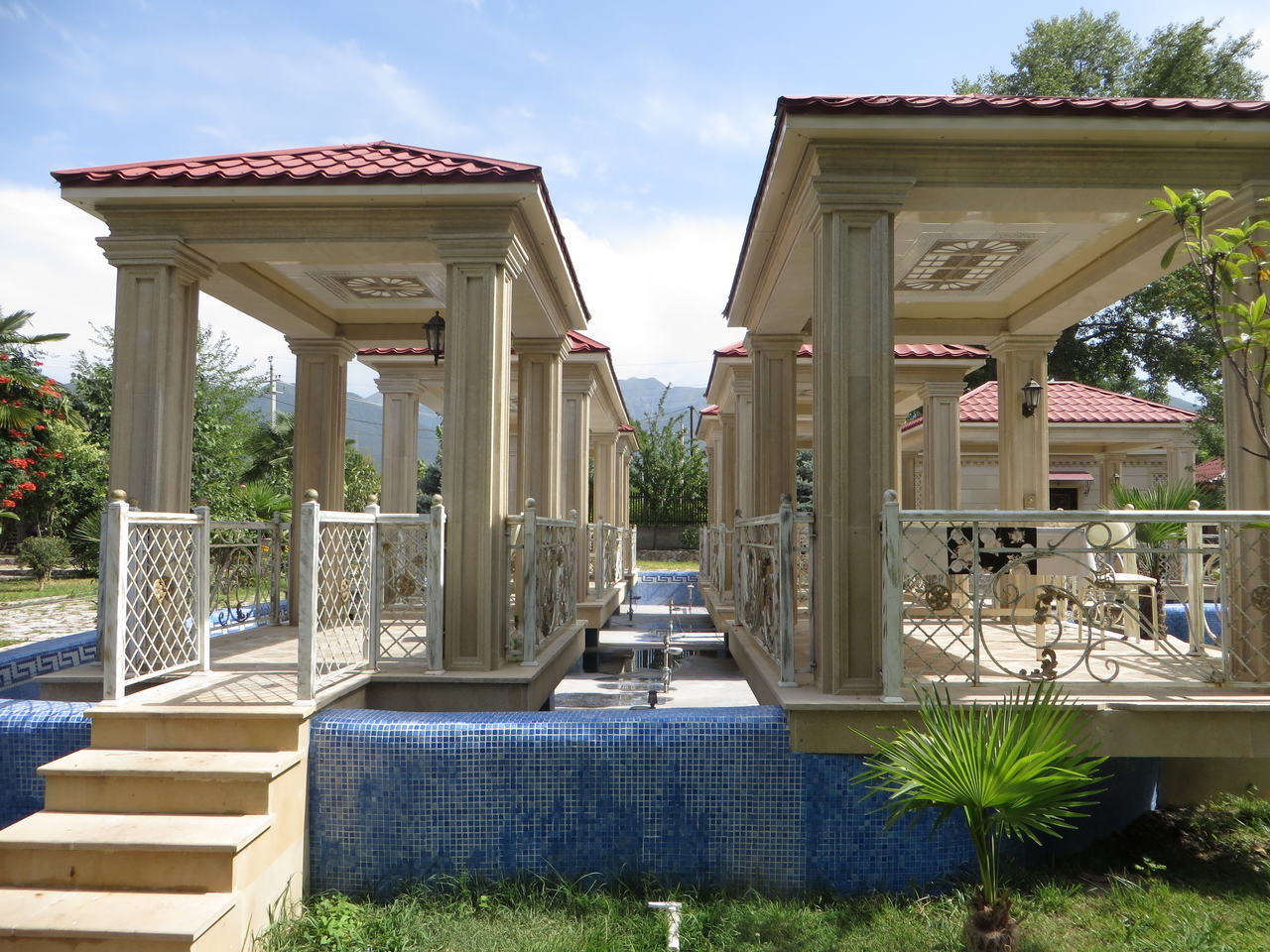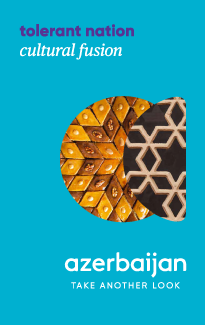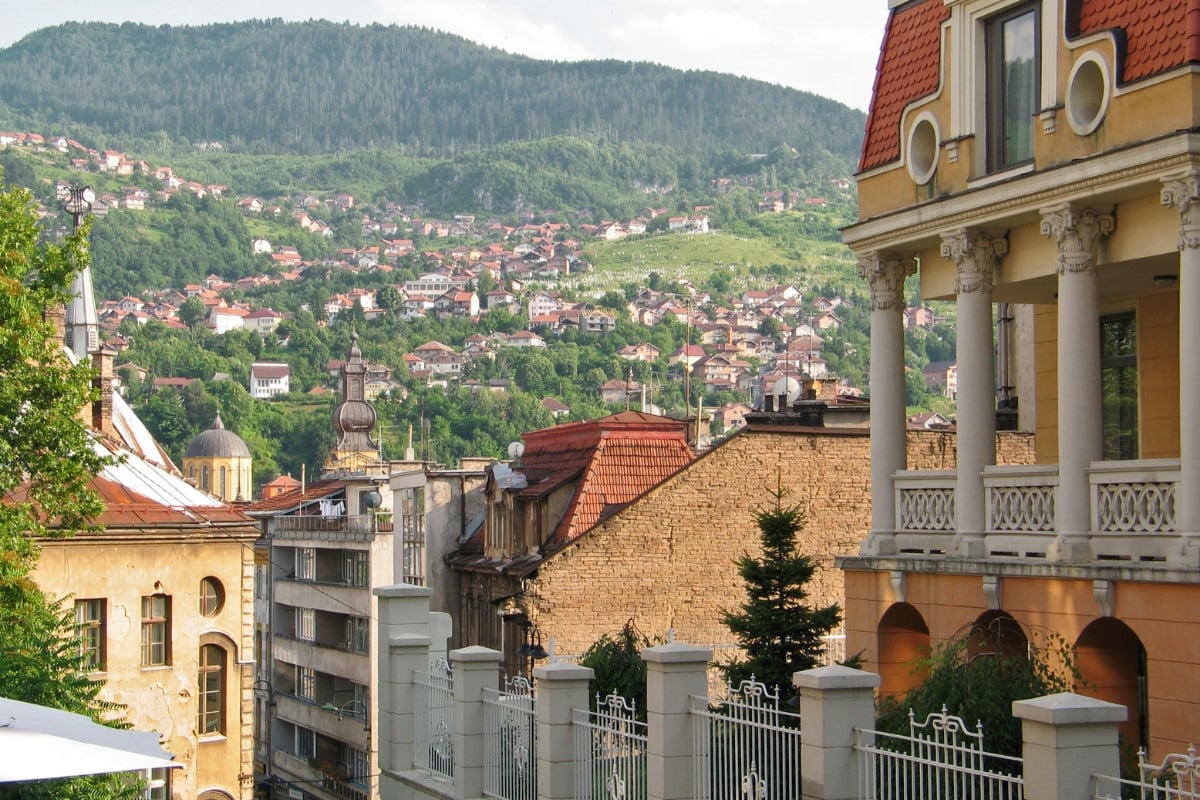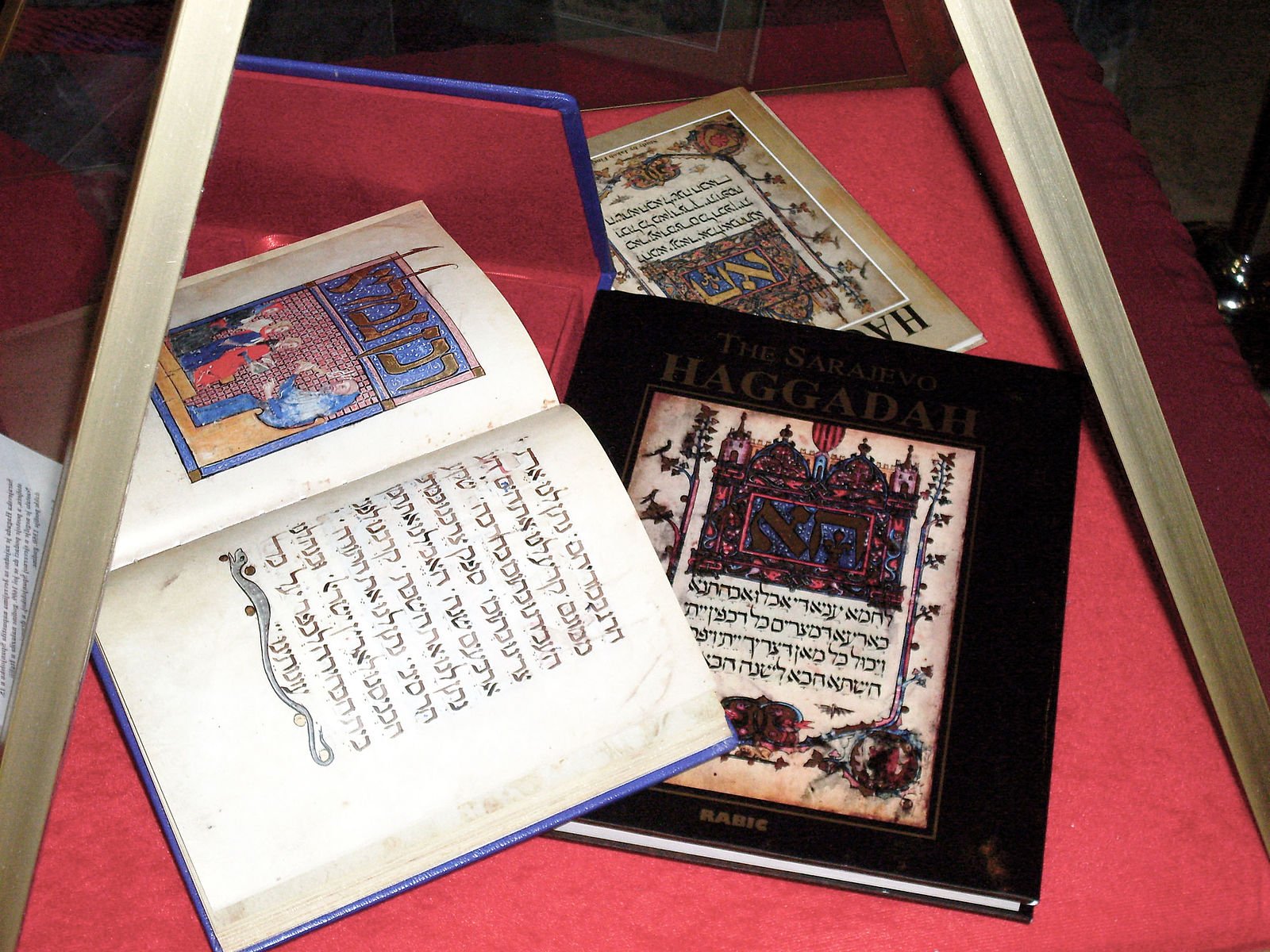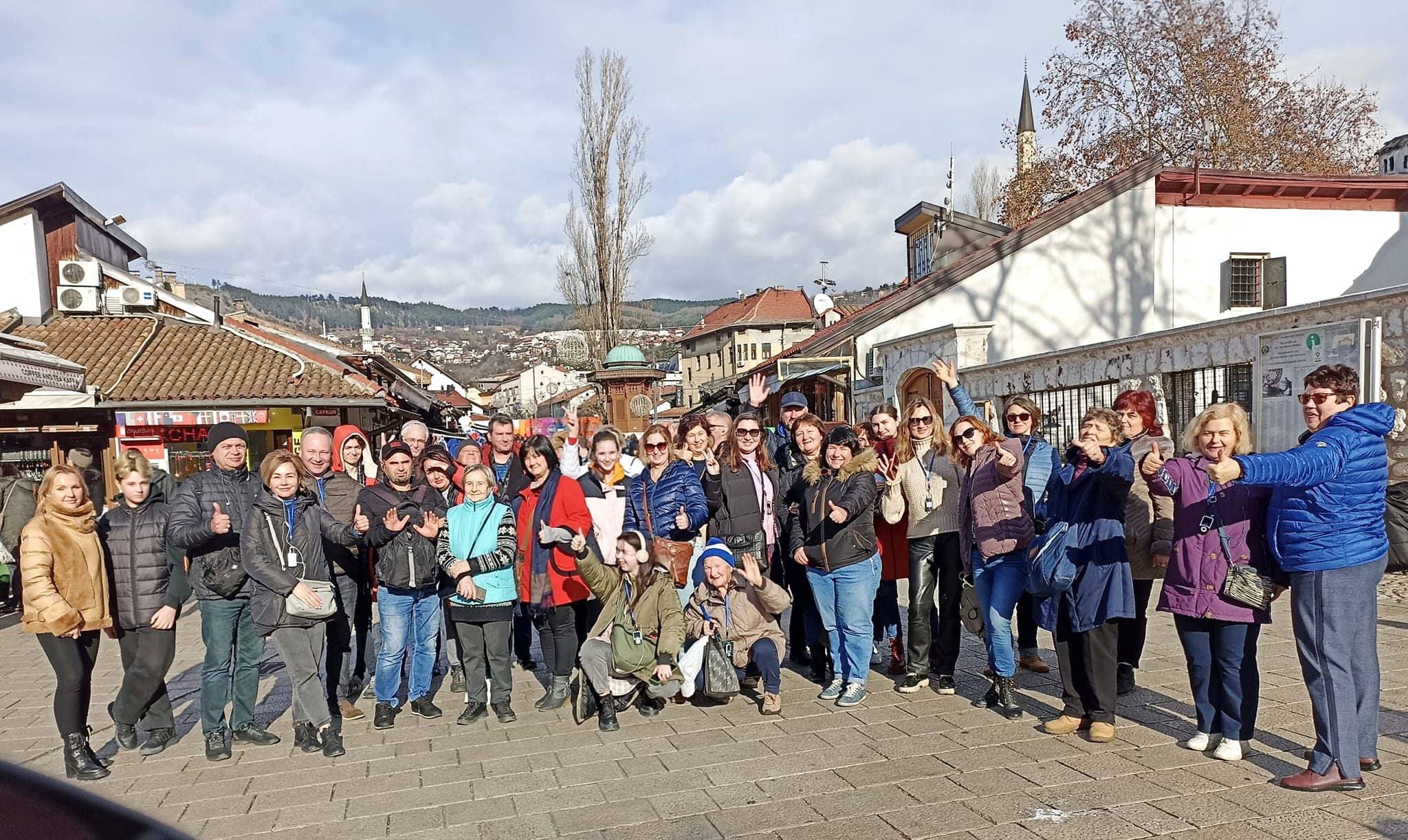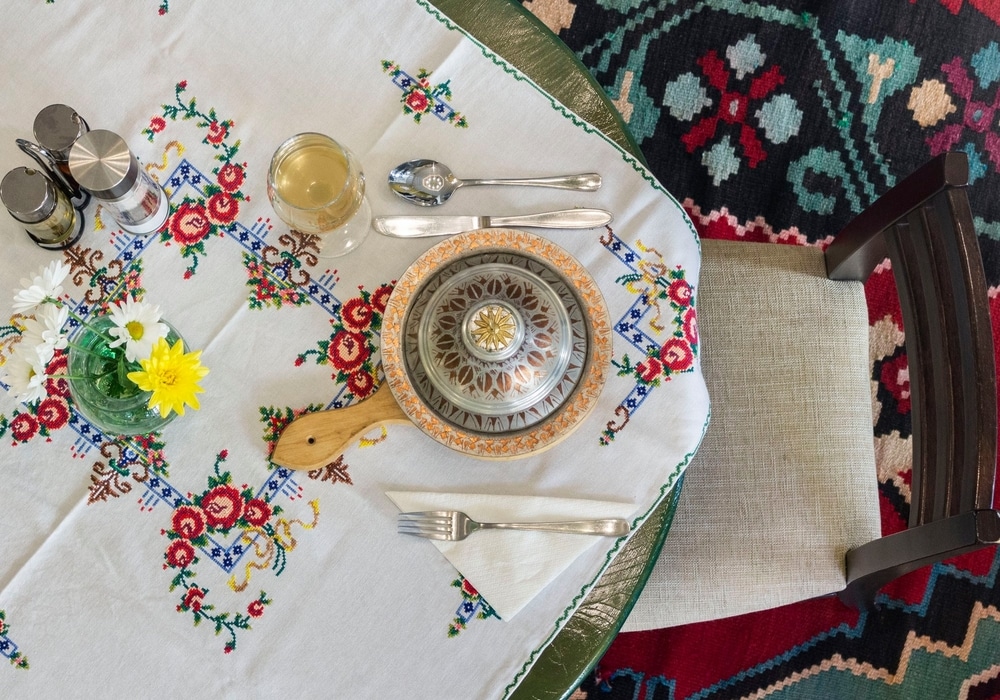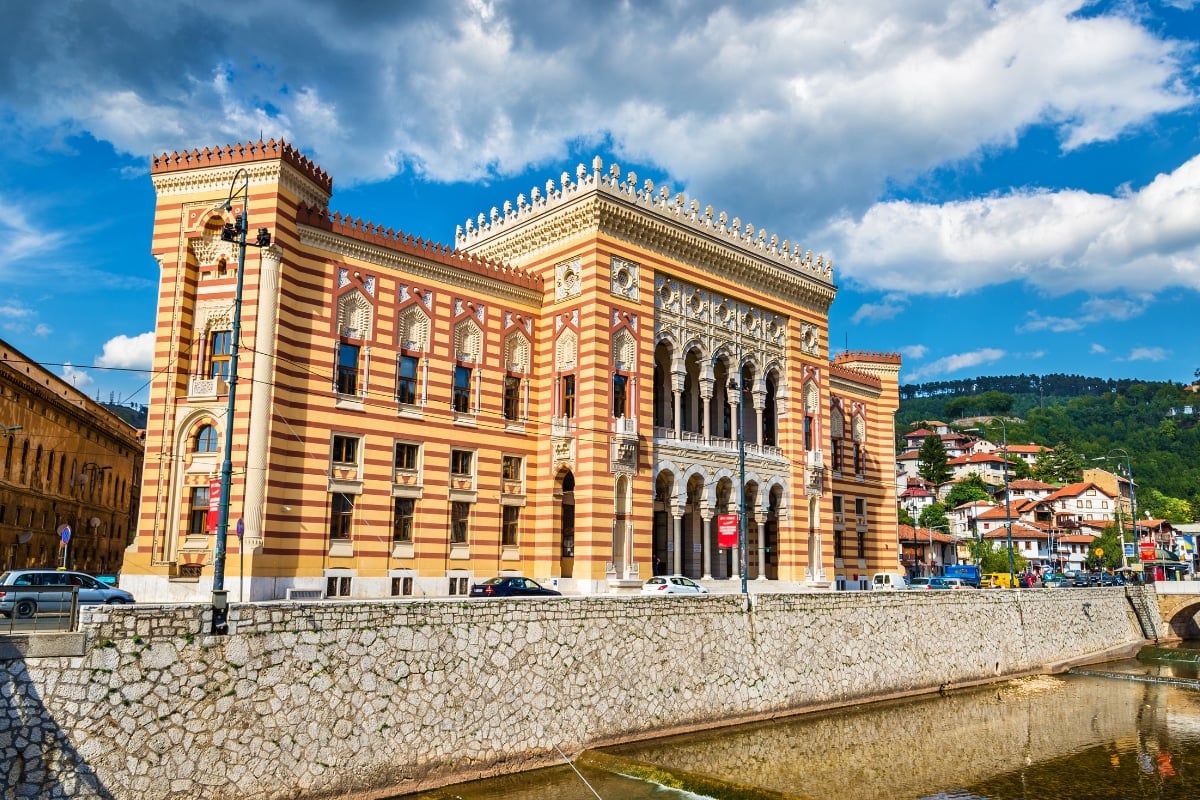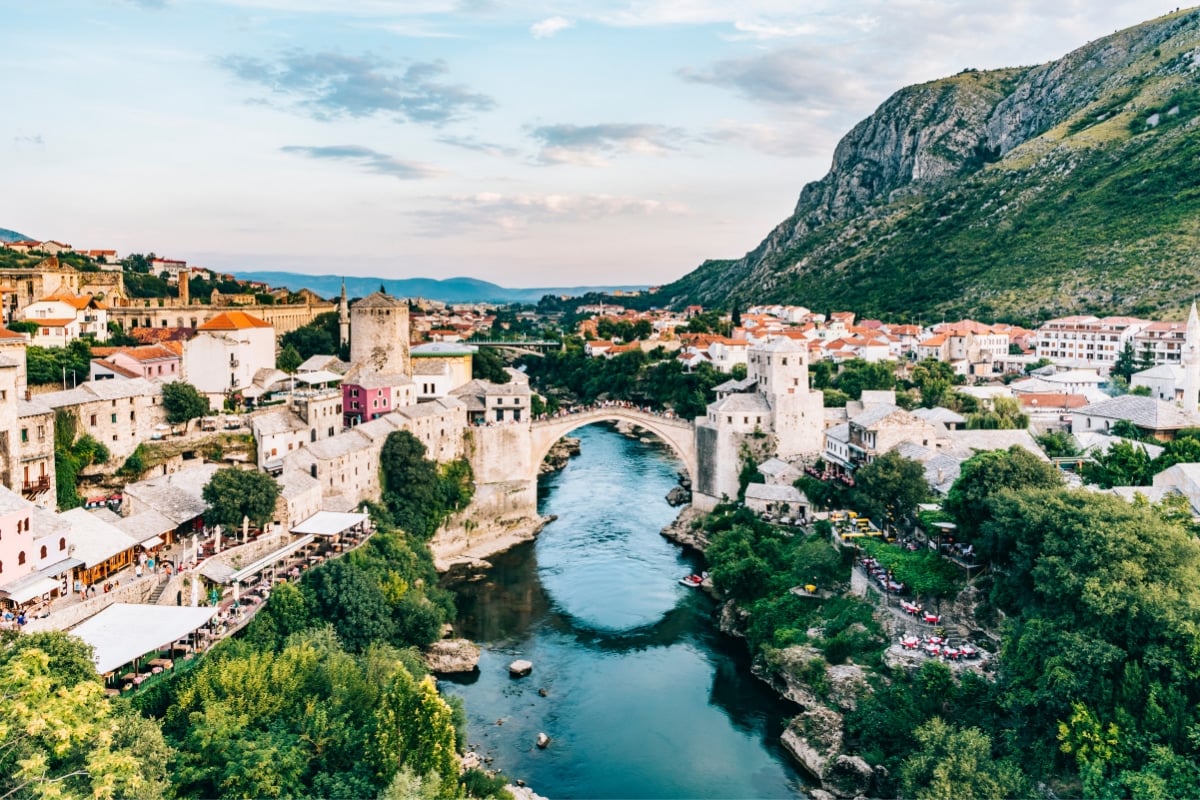Qoshabulaq is a restaurant, where you can enjoy national cuisine in the gazebo surrounded by trees and fountains.
Archives: Directory listings
Directory listings
Jewish heritage in Azerbaijan
Mabrouk
Mabrouk
Alexandre David and Alexis Memmi dreamed of opening a restaurant filled with their grandparent’s Tunisian food since their were children. They wanted to bring that style food back to Paris.
In 2019, Mabrouk was opened near Le Marais, an historic area of Jewish Paris, and serves Sephardic dishes with a modern French twist. The restaurant has received high reviews for their North African cuisine.

North African cuisine has become a trend in Paris, but this restaurant is unique due to its Kosher-style twist.
They serve pkaila (a Tunisian cholent) and a dish called the AbitBowl (a poke-style bowl which combines spicy meatballs, sesame cream, and caramelized onions).
While the restaurant has a French twist, serving a dairy free sabayon, they have remained true to their grandmother’s flavorful style of cooking. They even named a dish inspired and named for their grandmother: Boutargue Memmi (made of salted and cured fish roe).
The environment Alexandre David and Alexis Memmi created is one where everyone can call home. While the restaurant is kosher-style, the meat is both certified kosher and halal to accommodate to all customers who appreciate the Tunisian food.
Sarajevo, Bosnia and Herzegovina: Four Centuries of Jewish Success and Survival
Sarajevo: A Jewel of Jewish History
The Jewish community of Sarajevo is one of the best examples of Jewish success in the diaspora. The history that remains today is both a testament to a golden era of acceptance and a reminder of the evils of antisemitic persecution.
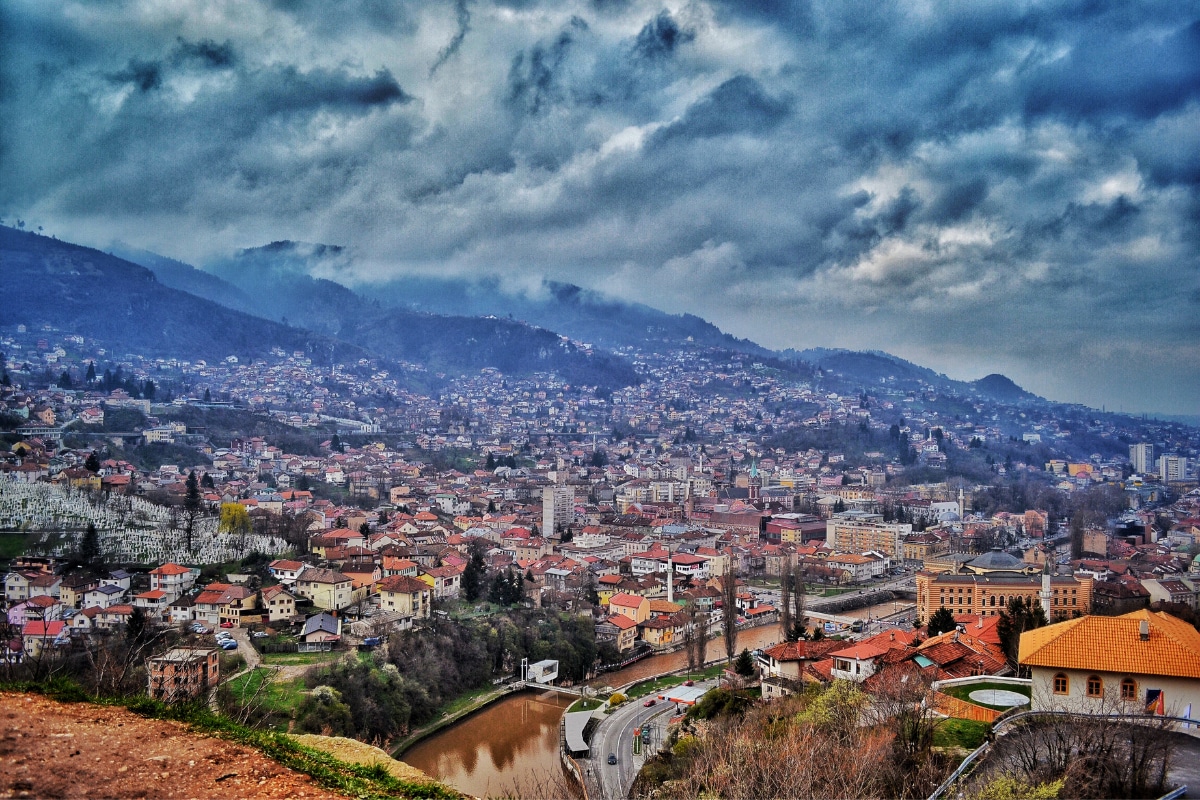
Sarajevo as “Little Jerusalem”
Jewish life in Sarajevo began sometime during the 16th century. While most historians debate the exact date, the first documents from the community date to 1565. The Jews that arrived during this time were Sepharidic Jews from Spain. The horror and persecution of the inquisition forced out a large number of Jews, who resettled in Eastern and Western Europe. Life for the Jewish community of Sarajevo was one of relative peace and prosperity.
During this time, Bosnia was under the control of the Ottoman Empire. The majority of the city was Muslim but they welcomed the Jewish community with open arms. Sephardic Jews came with a range of skills making them indispensable assets for the city. Jews held positions as merchants, artisans, tailors, blacksmiths and were renowned for being exceptional doctors. The Jewish community had a great deal of independence as well. They were allowed to govern themselves according to Rabbinic law and established their own religious and community institutions.
In 1577 the city erected a substantial Jewish quarter with its own synagogue near the main market of Sarajevo. The quarter was known as El Cortijo, “the courtyard”. While the Jewish community inhabited the quarter for many years they eventually moved to other parts of the city. Their relationship with the government and the civilian Muslim population was so good there were no religious or legal restrictions on their movement. The wealth and tolerance for the community grew to be legendary. Sarajevo even earned itself the nickname of Little Jerusalem. In 1697, Austro-Hungarian forces occupied the city and destroyed the synagogue and quarter.
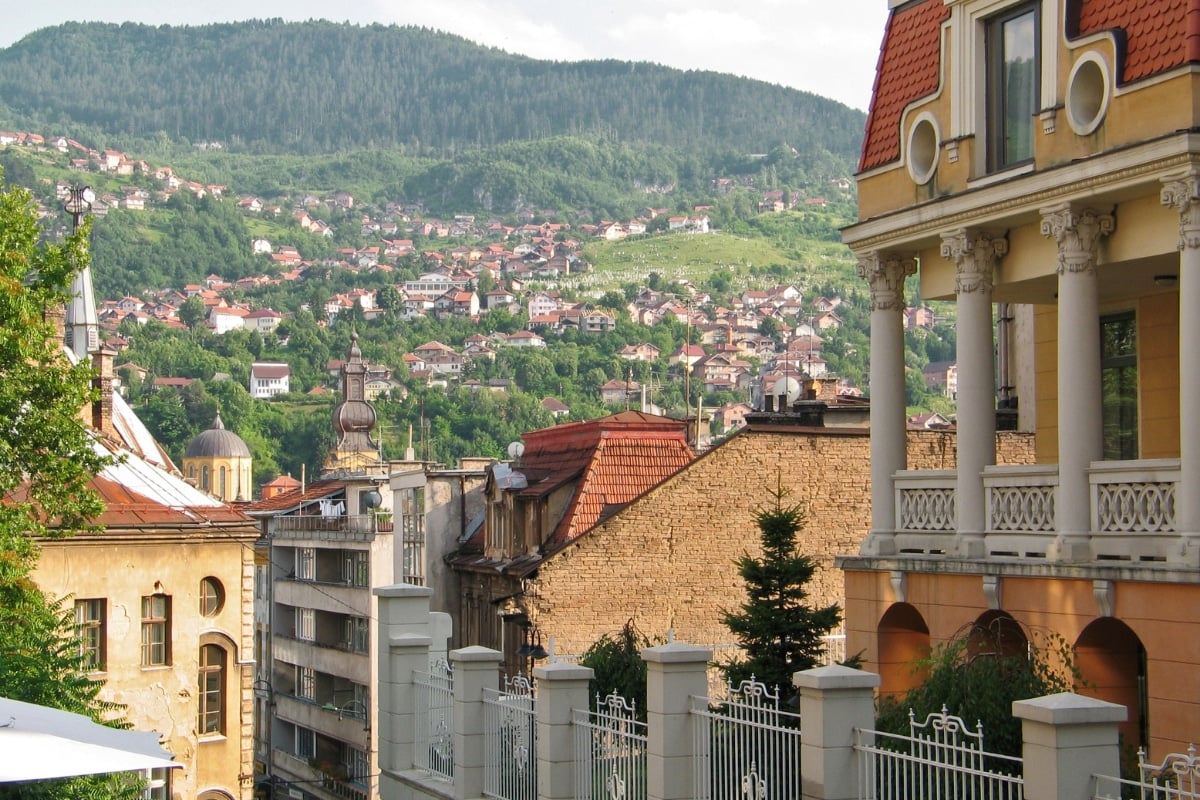
During the 17th century, Ashkenazi Jews from Western Europe also immigrated to Bosnia and established a community in Sarajevo. By the end of the 18th century the overall Jewish population numbered around 10,000. However, after hundreds of years of peace and prosperity their world would soon come crashing down.
Holocaust: The Devastation of the Jewish Community in Bosnia
Like most Jewish communities across Europe the Jews of Sarajevo underwent severe persecution at the hands of the Nazis. The day after Germany took the city they burned the Sephardi synagogue. The Jewish community was first deported to work camps in Croatia. Those that survived were eventually sent to the gas chambers of Auschwitz. By the time the war ended nearly 9,000 Jew from Bosnia had been murdered.
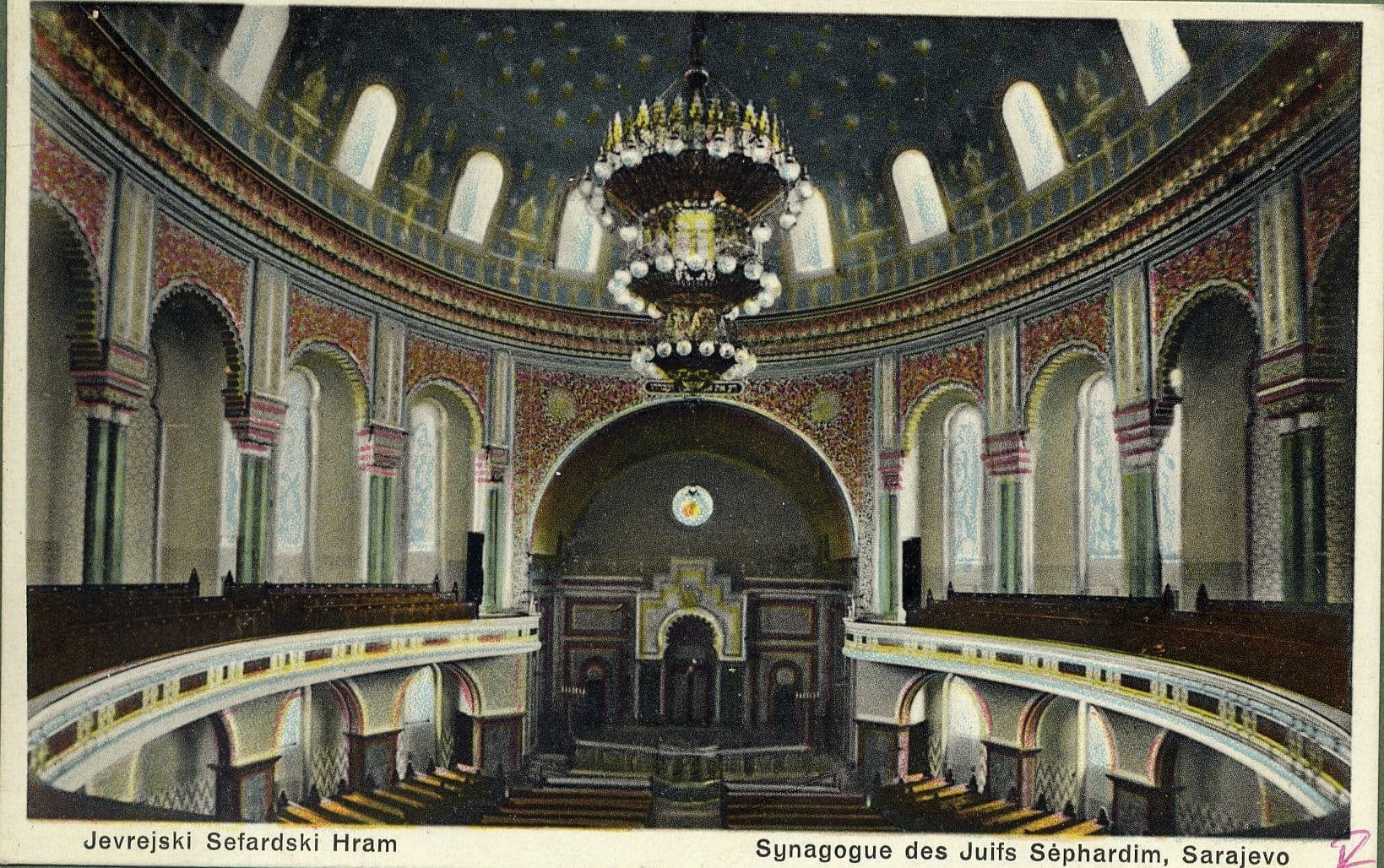
There is still an active community in Sarajevo today, but it’s a faint reflection of the community that once was. Most Jews from Sarajevo that survived the war immigrated to Israel. By 1971, the Jewish population of Sarajevo was only 1,000 persons. However, there is some hope for the continued growth of the community. Over the last few years there has been an increasing baby boom. Most of these new mothers and fathers returned to their homeland after being sent away as children during the Bosian War in the 1990s. The challenge now for the community is keeping up with the demands of raising Jewish children. The community wants to ensure that future generations have access and outlets for their lives as cultural and religious Jews.
An Undeniable and Immortal Heritage
Luckily for the Jewish community, many of their historic sites survived the numerous wars. One of the oldest historic Jewish sites in Sarajevo is the Old Jewish Cemetery. For nearly 400 years this cemetery was utilized by both the Sephardi and Ashkenazi communities. The grounds cover over 30,000 square meters with nearly 4000 graves. The cemetery was severely damaged during the Bosnian War and while the cemetery is no longer in use, it serves as a historic and cultural reminder of the community’s glory days. The only thing that is buried there now are holy books. The cemetery has its very own Geniza, where Jewish holy texts are laid to rest when they are no longer in use.
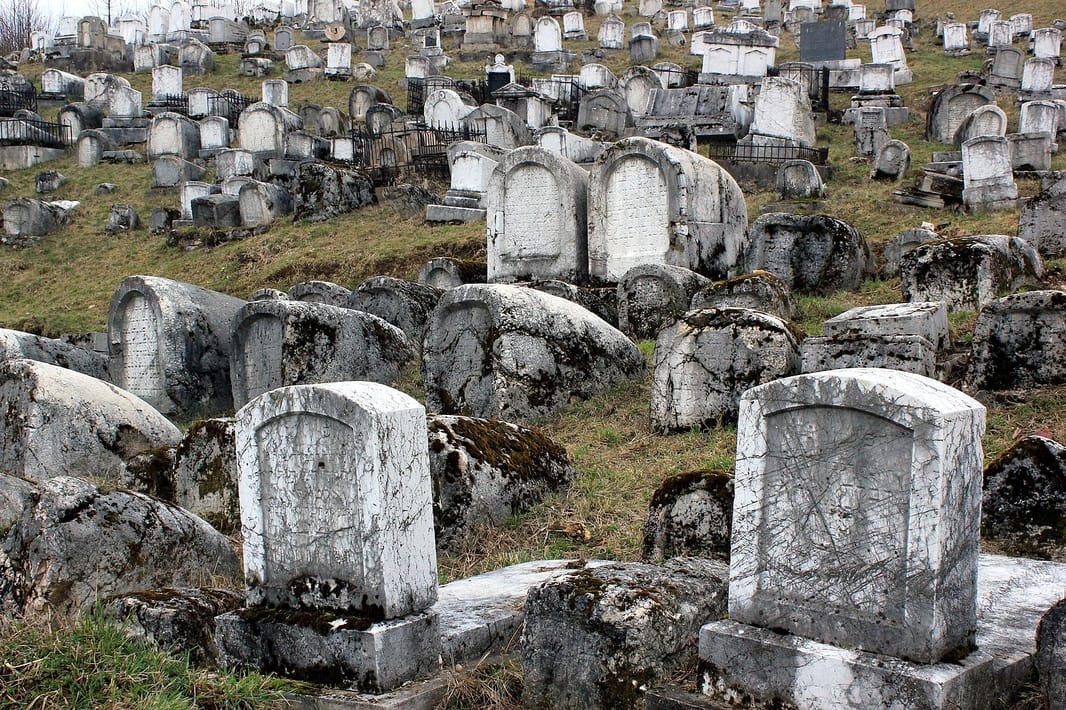
One of the other most iconic pieces of Sarajevo Jewish heritage is the Sarajevo Haggadah. This is one of the oldest haggadahs in the world, dating to 1350. This traditional text used during a Passover seder includes illustrations and is illuminated with both copper and gold. There are also signs that this haggadah was in use for many years, given the amount of wine stains on the pages. It is most likely that this haggadah made its way from the passover seder table in Barcelona to one in Sarajevo. The estimated worth of the haggadah is unknown but it is insured for almost $7 million dollars.
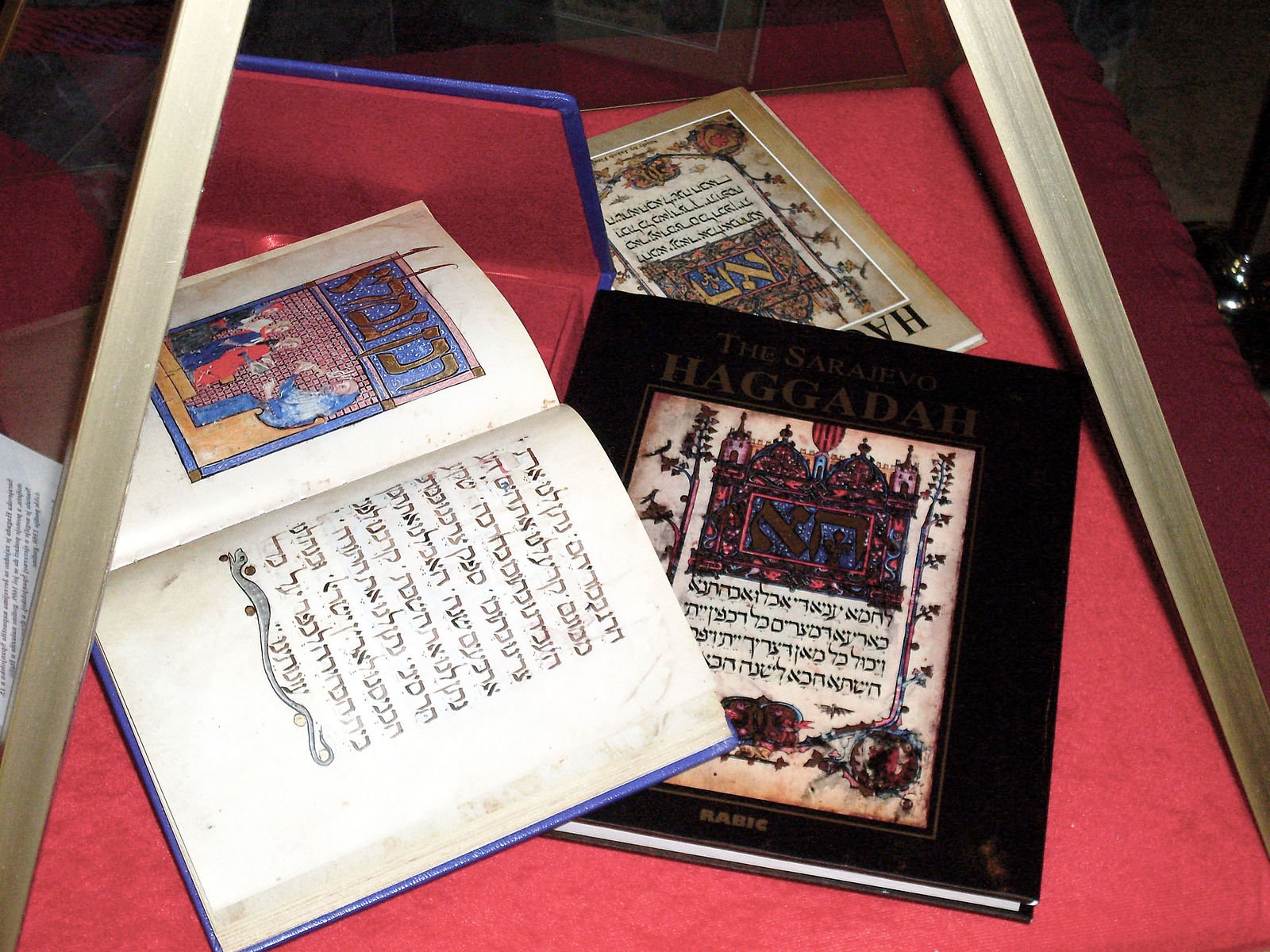
Sarajevo’s Jews as War Heroes and Politicians
In addition to its amazing historic sites and literature, Sarajevo is also the origin city of some of the most famous Jewish names in the world. One of the most well known Bosnian Jewish immigrants to Israel was David “Dado” Elazar. The staunch Zionist that he was David migrated to Israel in 1940 just one year before the Nazis arrived. Serving as an integral part of the Palmach, David eventually became one of the most decorated war chiefs in the history of the IDF. He moved up through the ranks eventually becoming Israel’s ninth Chief of Staff.
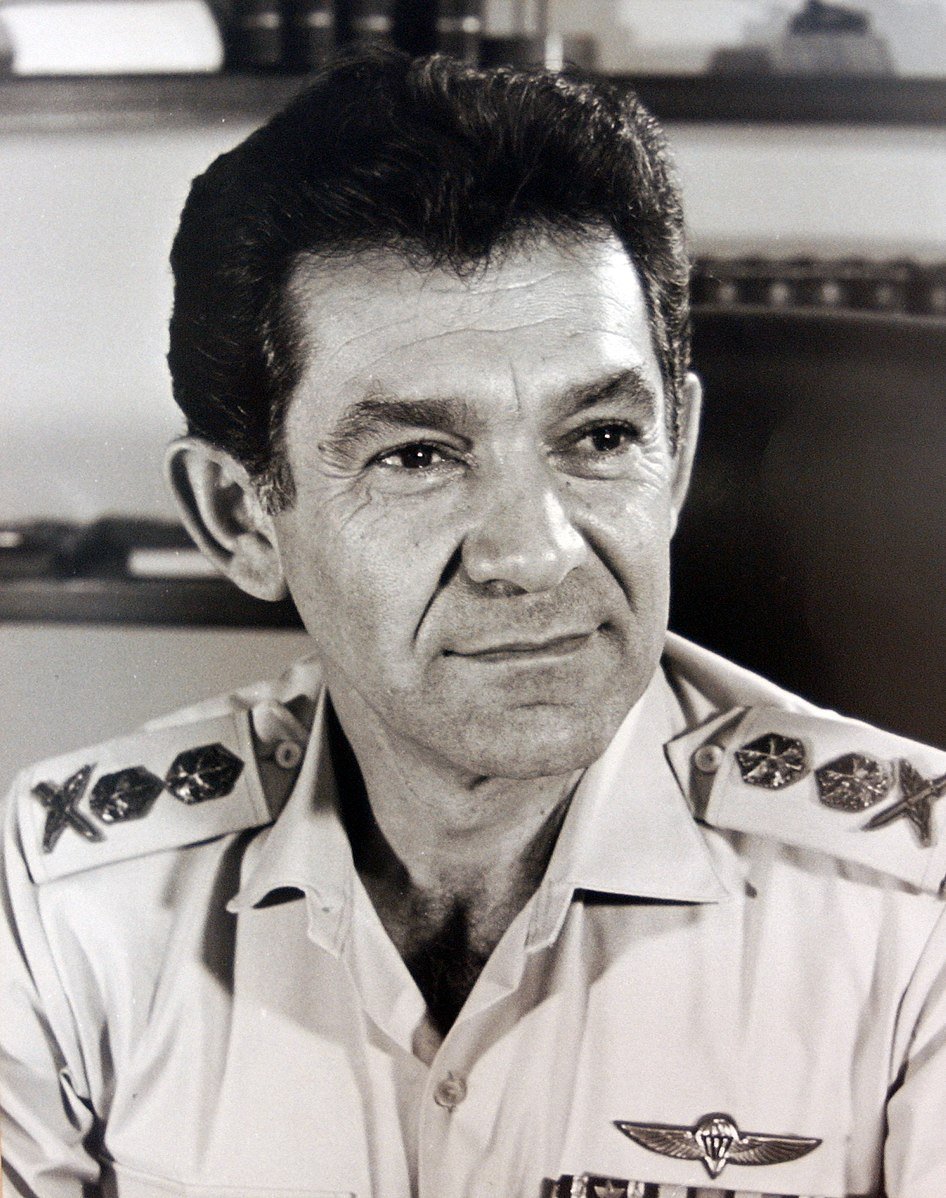
Another famous Bosnian Jew, Sven Alkalaj, earned himself a less controversial title as the Permanent Representative of Bosnia to the UN. He also served as Bosnia’s Minister of Foreign Affairs in the mid 2000s. In addition to his prestigious career Sven also hails from one of the oldest and most prominent Jewish families in Bosnian history. The Alkalaj clan were among the first wave of Sephardi Jewry from Spain.
A Community that Will Never Fade
Despite all that has been won and lost, what remains today is a community that strives to continue its legacy. Sarajevo Jewry is growing and will continue to rebuild its tradition of Jewish excellence and acceptance.
Sarajevo Haggadah at The National Museum of the Republic
The Sarajevo Haggadah is an illuminated manuscript that contains the illustrated traditional text of the Passover Haggadah which accompanies the Passover Seder. It is one of the oldest Sephardic Haggadahs in the world, originating in Barcelona around 1350. The Haggadah is owned by the National Museum of Bosnia and Herzegovina in Sarajevo. Its monetary value is undetermined, but a museum in Spain required that it be insured for $7 million before it could be transported to an exhibition there in 1992.
The Sarajevo Haggadah is handwritten on bleached calfskin and illuminated in copper and gold. It opens with 34 pages of illustrations of key scenes in the Bible from creation through the death of Moses. Its pages are stained with wine, evidence that it was used at many Passover Seders. The Sarajevo Haggadah was submitted by Bosnia and Herzegovina for inclusion in UNESCO’s Memory of the World Register and was included in 2017.
Image attribution:
Kleinjp, CC BY-SA 4.0 <https://creativecommons.org/licenses/by-sa/4.0>, via Wikimedia Commons;
Smooth_O, CC BY-SA 4.0 <https://creativecommons.org/licenses/by-sa/4.0>, via Wikimedia Commons
Jadranka Šuster
I am Jadranka Šuster, an experienced licensed tour guide in Sarajevo, the city where I was born and grew up. I conduct my tours from the unique perspectives of an experienced professional guide, journalist and teacher. I am available to lead both walking and coach tours of Sarajevo, as well as all day trips from Sarajevo, including a tour of the beautiful mountain site of the 1984 winter Olympics, Mostar city, Počitelj, Međugorje ,Srebrenica, mountain villages Šabići, Umoljani and Lukomir, Cooking workshop, Copper smith work shop, Woodburning workshop – the Art of pyrography and more…
The Singing Nettle
The Singing Nettle brings the feeling of home to your table. We offer a variety of traditional Bosnian dishes, some unjustly forgotten in today’s gastronomic offer of other restaurants, as well as those prepared with nettle in particular, alongside other wild herbs from nearby mountains and fields. The offer is seasonal so the ingredients vary depending on the time of the year, and we strive to revive the use of neglected and autochtonous foods which were so beloved by our proud ancestors. The method of preparation also follows those principles, so many dishes are prepared through slow-cooking for many hours. Our entire menu is readily available for your enjoyment. The restaurant is comprised of two floors with capacity of 50 seats. Its design is inspired by traditional Bosnian décor, where food is served in authentic sahans, where coffee is brewed, and where rhythms of sevdalinka song can often be enjoyed.
Meet Bosnia: Sarajevo Jewish Tour
If you are interested in finding out more about the rich culture and heritage of the Jewish community in Sarajevo, you should join our Sarajevo Jewish Tour. The first Jews arrived in Bosnia in the middle of the 15th century from Spain and Portugal. As tens of thousands of Jews fled the Spanish and Portuguese Inquisitions, Sultan Bayezid II of the Ottoman Empire welcomed the Jews who were able to reach his territories. Straightaway, Sephardi Jews fleeing Spain and Portugal were welcomed in the Ottoman domains. They found their way to Bosnia and Herzegovina, Macedonia, Thrace and other areas of Europe under Ottoman control. As a consequence, Sarajevo became an important centre for the Jews of the Balkans. Let us guide you through the streets of Sarajevo and show you the most important Jewish monuments in our city.
Bosnia Jewish Tour
Are you looking for an intellectually rich, carefully crafted Jewish tour of Bosnia? We may be able to help. Our Jewish heritage tour of Bosnia serves as the grand opening of our unforgettable journey through the rich Jewish heritage of the Western Balkans. Our 12-day Jewish heritage travel itinerary offers a comprehensive exploration of the rich Sephardic and Ashkenazi culture, history, and traditions of the Jews of former Yugoslavia.
The undisputed star, however, of our Sarajevo Jewish tour — and of our whole Bosnia Jewish tour — has to be the magnificent Sarajevo Haggadah. The gorgeous 14th-century illuminated manuscript is housed at Bosnia’s National Museum and was only recently put on display. You will learn how it was courageously saved from the Nazis by Dervis Korkut, the museum’s Muslim curator. During WWII, Korkut and his wife also saved the life of Mira Papo, a young Sarajevo Jew, and were recognized by Yad Vashem as Righteous Among the Nations. During the Yugoslav wars of the 1990s, as Sarajevo was shelled by Serb forces, Enver Imamovic, the museum director, saved the manuscript by transporting it to the vaults of the national bank.
No less fascinating are the splendid Ashkenazi Synagogue (1902) — doubling as the Jewish community center — and the Old Sarajevo Jewish Cemetery (established in the early 1600s), one of the oldest Sephardic cemeteries in Europe. The rounded shape of the tombstones is one of the unique features of Bosnian Jewish cemeteries. Our Sarajevo Jewish tour also makes stops at the 1930 Sephardic Great Temple (Il Kal Grande), the Sarajevo Menorah monument, and the Jewish high school.
As we leave Sarajevo, our Bosnia Jewish tour follows the route of an annual local Jewish pilgrimage to the grave of Moshe Danon, Bosnia’s celebrated 19th century rabbi, who was at the center of a notable series of events known as the Sarajevo Purim. On our way to rabbi’s Danon’s grave in Stolac, we will also make a stop in beautiful Mostar. The Old Bridge over the Neretva river is one of the most iconic symbols of Bosnia and Herzegovina.
Email us at [email protected] to request a detailed day-by-day itinerary of our Bosnia Jewish tour or send a message through our contact form.
Sarajevo Jewish Tour with Funky Tours
The Sarajevo Jewish Tour, comprising visits to both Sephardim and Ashkenazi synagogues, Haggadah book at the National Museum, Jewish cemetery and Vraca Memorial Park, provides a very comprehensive insight into the Jewish role of the dynamic Sarajevo past. This 4 hour experience will help you to better rationalize the true meaning of the most known Sarajevo nickname: “Little Jerusalem” (Ladino: “Chico Yerushalaim”) and to become more familiar about the Jewish role during the vibrant historic events.
